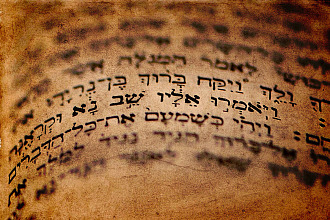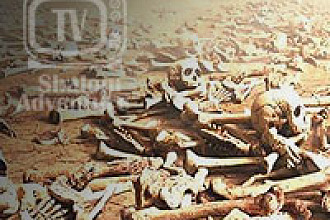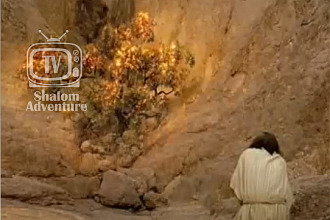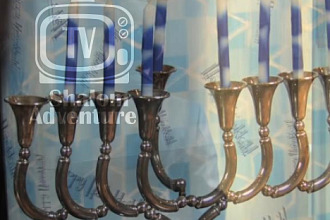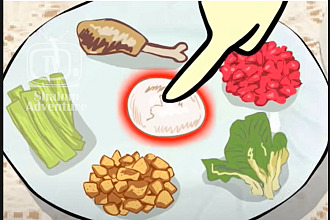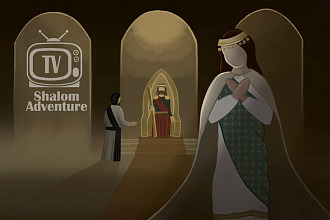The city is noted not only in the Book of Esther, but is also referenced in the Books of Daniel, Ezra, and Nehemiah. Shushan is located between the Karkheh and Dez Rivers, referred to biblically as the rivers of Choaspes and Eulaeus in the scriptural passages revealing Daniel’s vision of a ram and goat (Daniel 8:2). Today, people still inhabit the city of Shush in Iran’s modern day Khuzestan Province.
Derived from the Persian word Shush, the name of the city may refer to a particular species of water lily that abundantly grows in the surrounding swampland. Shushan is the Hebrew form of the city’s name, whereas the Greeks referred to the city as Sousa. Though the Persian Empire claimed other capital cities of Pasargadae, Persepolis, and Ecbatana throughout its rise and fall, Shushan is perhaps the best known of its various capital cities today.
Shushan was believed to be where some ancient Mesopotamian peoples worshipped Inanna, also known as Ishtar in Akkadian mythology, a Sumerian goddess of love, war, and fertility. Furthermore, the city is also believed to be a winter residence for many of the Persian kings in the years following the reign of Cyris the Great.
Many scholars believe that metallurgy, agriculture, and ceramics were the primary factors driving the local economy in pre-biblical times. The city fell after Arab invasions in 638 CE, and existed as not much more than a heap of rubble after Mongol invaders pillaged the area a few centuries later.
Excavations of the city in the 19th and 20th centuries revealed jewelry, cuneiform inscriptions, and ceramics, much of which is now housed at the Louvre Museum in Paris, France, though today there remains some controversy over archaeological sites in Shushan being converted into the local landfill.


